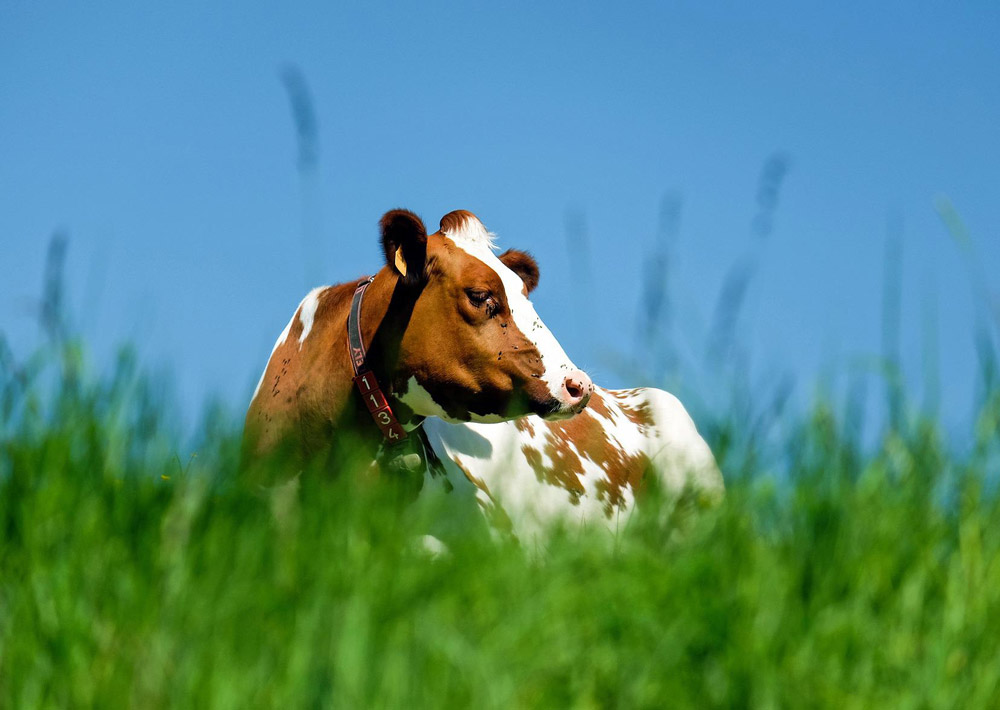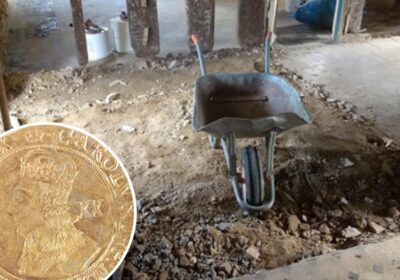by Alice Miller BVSC DBR MRCVS
Friars Moor Livestock Health
In my last column I spoke about seasonal conditions we encounter in the summer months. I spoke about preparing for the hot weather we have been experiencing and measures that could be put in place to avoid heat stress.
Even with all the best laid plans, due to the unprecedented temperatures, we have been to treat some animals for heat stress. So, what can you do if you suspect one of your animals is affected?
To start with, it is important to pick up on the clinical signs as soon as possible. The prognosis will be better if the condition is identified and treated quickly.
Animals should be checked regularly throughout the day. You should look for animals that may appear restless – often they are standing with their heads bowed and have an increased breathing rate, taking rapid, shallow breaths.
You may see excessive drooling and/or foaming from the mouth. Animals which are in extreme distress will be ‘open-mouth breathing’ and stand with their necks extended. You may notice heat-stressed cows bunching together, especially in sheltered areas or around water sources, which becomes counter-productive as they will become even hotter in this situation.
Best treatment
If heat stress is not treated it will progress to heat stroke and the animal then loses the ability to control normal functions. A cow with heat stroke won’t drink, can’t stand and will become comatose. They look like a cow with milk fever, apart from their body temperature will be extremely high. Cows with existing underlying conditions, for example pneumonia or low calcium, will be higher risk.
The best treatment is cold hosing, by continually hosing the animal off with cold water for 20-30 minutes you can quickly bring their body temperature back to normal. A cow with heat stress will readily drink, so make sure she has easy access to plenty of water. A cow with heat stroke will not drink herself so once her temperature has come down with the cold-water hosing call your vet who can administer IV or oral fluids, depending on the state of the animal.
Bringing animals into well ventilated buildings during the day may help, especially where shade is limited outside. They will graze much better in the cooler evenings and early morning.
Remember that several animals will be drinking at the same time, making frequent visits to troughs, so there should be enough capacity to accommodate the increased demand.
It is important to make sure that water pipes are not exposed – ideally, they should be buried at least 15cm deep to ensure they do not heat up the water. Exercise, handling and transportation should also be avoided during the hottest part of the day.
As a consequence, we have moved some TB tests and routine visits or done them earlier or later to reduce this added risk. For more information please do not hesitate to contact us at Friar Moor Livestock Health.











Leave a Reply